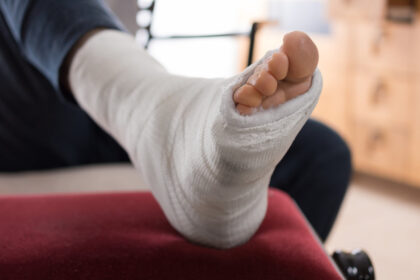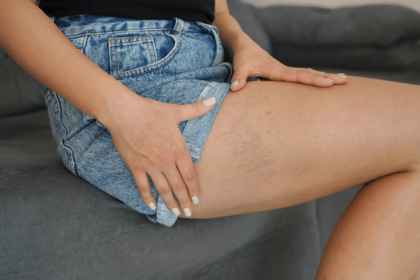Maintaining a healthy and bright smile goes beyond just brushing your teeth. Good dental hygiene prevents cavities, gum diseases, bad breath, and even systemic health problems. In this article, we’ll discuss the top 10 practical and effective dental hygiene tips that can help you achieve a radiant smile and strong oral health.
Why Is Dental Hygiene Important?
Dental hygiene plays a critical role in your overall health. Poor oral care can lead to plaque buildup, tooth decay, and even heart issues. Practicing daily dental hygiene habits not only gives you a confident smile but also reduces the chances of costly dental treatments in the future.
Top 10 Dental Hygiene Tips for a Healthy and Bright Smile
1. Brush Twice a Day — But Do It the Right Way
It’s essential to brush your teeth at least twice a day, ideally after breakfast and before bed. Use a soft-bristled toothbrush and fluoride toothpaste. Brush for two full minutes, gently moving in small circular motions to cover all surfaces.
Tip: Don’t brush too hard — it can damage your gums and enamel.
2. Don’t Skip Flossing
Flossing once a day is just as important as brushing. It removes food particles and plaque from between your teeth and under the gumline where a toothbrush can’t reach.
Tip: Use waxed floss or floss picks for ease and effectiveness.
3. Use Mouthwash for Extra Protection
Mouthwash can help kill bacteria, strengthen enamel, and freshen breath. Look for an alcohol-free, antibacterial mouthwash that contains fluoride for added benefits.
How to Use: Swish for 30 seconds after brushing and flossing.
4. Avoid Sugary and Acidic Foods
Sugars and acids erode tooth enamel and promote bacteria growth. Try to minimize the intake of:
- Soft drinks
- Sweets
- Citrus fruits
- Sports drinks
Healthier Alternatives: Water, cheese, leafy greens, nuts, and apples.
5. Stay Hydrated Throughout the Day
Water plays a vital role in maintaining oral health. It helps wash away food particles and bacteria and keeps your saliva levels high, which protects your teeth naturally.
Tip: Rinse your mouth with water after meals if brushing isn’t possible.
6. Don’t Ignore Your Tongue
Bacteria also live on your tongue. Brushing or scraping your tongue helps prevent bad breath and reduces the overall bacterial load in your mouth.
Tools You Can Use: Tongue scraper or your regular toothbrush.
7. Change Your Toothbrush Regularly
A worn-out toothbrush can’t clean your teeth properly. Replace it every 3 months, or sooner if the bristles are frayed.
Pro Tip: Change your toothbrush after recovering from a cold or flu.
8. Visit Your Dentist Twice a Year
Even if your teeth look and feel fine, regular dental visits are necessary. Your dentist can:
- Perform deep cleanings
- Spot early signs of cavities or gum disease
- Offer professional advice
Recommended: One visit every 6 months.
9. Quit Smoking and Tobacco Use
Smoking is a leading cause of gum disease, bad breath, and tooth discoloration. It also increases your risk of oral cancer.
Result of Quitting: Whiter teeth, better breath, and a healthier mouth.
10. Eat a Tooth-Friendly Diet
A balanced diet with essential vitamins and minerals helps strengthen your teeth and gums. Include foods rich in:
| Nutrient | Source Foods | Benefit |
|---|---|---|
| Calcium | Milk, cheese, yogurt, broccoli | Strengthens teeth & bones |
| Phosphorus | Eggs, fish, meat | Rebuilds enamel |
| Vitamin C | Oranges, strawberries, spinach | Maintains healthy gums |
| Vitamin D | Sunlight, mushrooms, fatty fish | Enhances calcium absorption |
Conclusion
Achieving and maintaining a bright, healthy smile is more than just aesthetics — it’s a vital part of your overall well-being. By consistently following these top 10 dental hygiene tips, you can significantly reduce your risk of oral health issues, boost your confidence, and enjoy a radiant smile for life. Remember, your mouth is a mirror to your general health — treat it well!
Frequently Asked Questions (FAQs)
1. How long should I brush my teeth?
You should brush your teeth for two full minutes each time, ensuring you clean all areas of the mouth.
2. Is flossing really necessary if I brush well?
Yes, flossing removes plaque and food particles from between the teeth where brushes can’t reach.
3. What type of toothbrush is best for dental hygiene?
A soft-bristled toothbrush with a small head is ideal for reaching all corners of the mouth gently.
4. Can mouthwash replace brushing?
No, mouthwash complements brushing and flossing but doesn’t replace them.
5. How often should I visit the dentist?
You should visit your dentist at least twice a year for checkups and cleanings.
6. Do electric toothbrushes work better than manual ones?
Yes, electric toothbrushes can provide a more thorough and consistent clean, especially for people with limited dexterity.
7. Is it bad to brush my teeth right after eating?
It’s better to wait 30 minutes after eating, especially if you’ve consumed acidic food, to protect your enamel.
8. What are signs of poor dental hygiene?
Common signs include bad breath, bleeding gums, tooth sensitivity, and plaque buildup.









